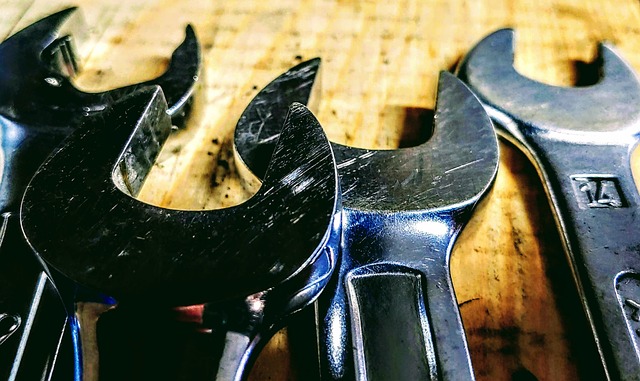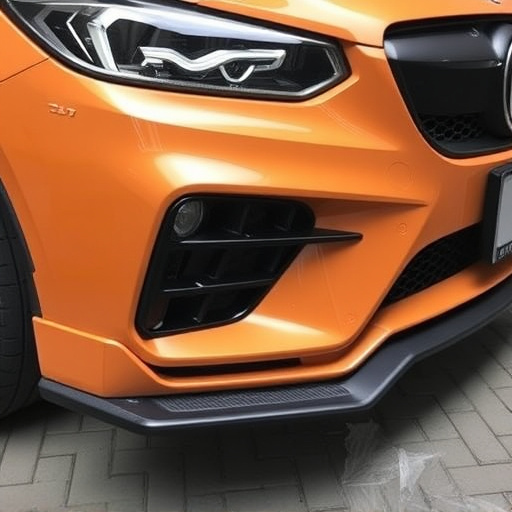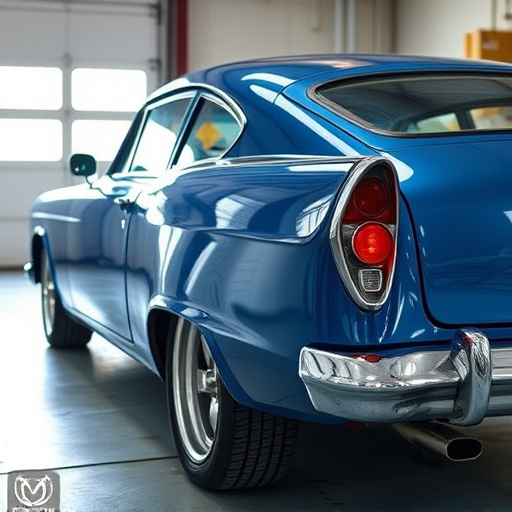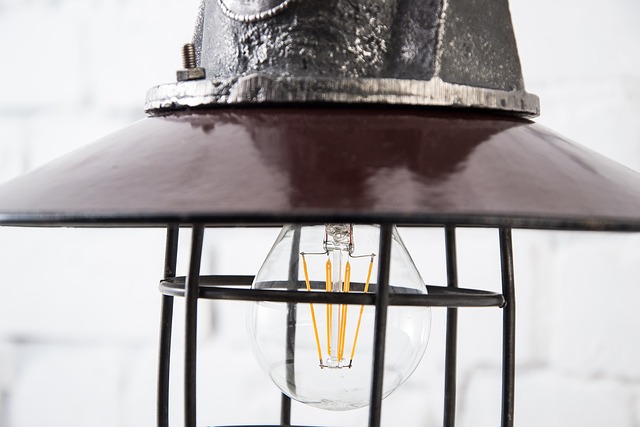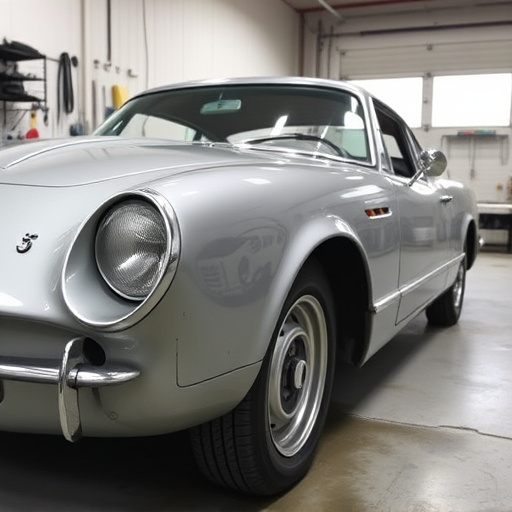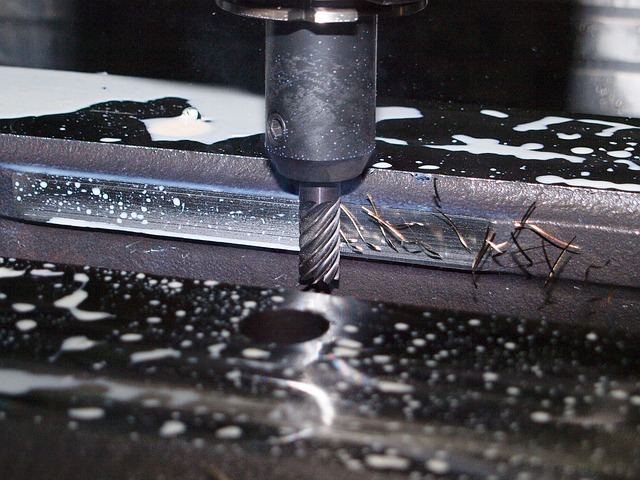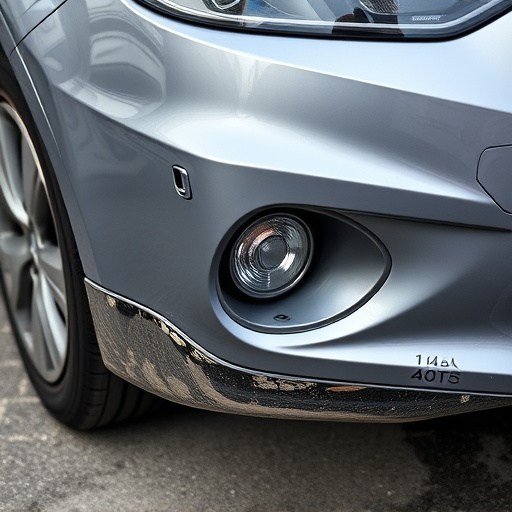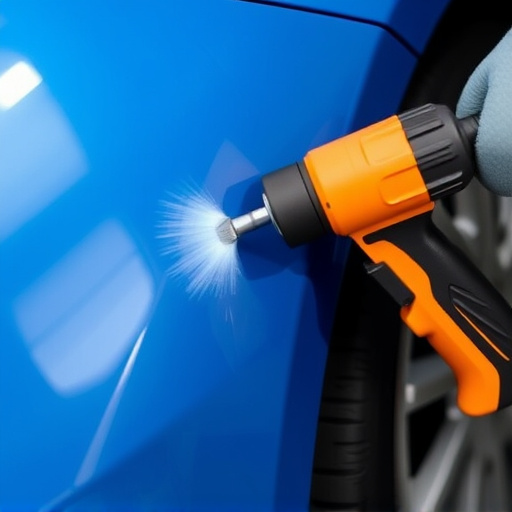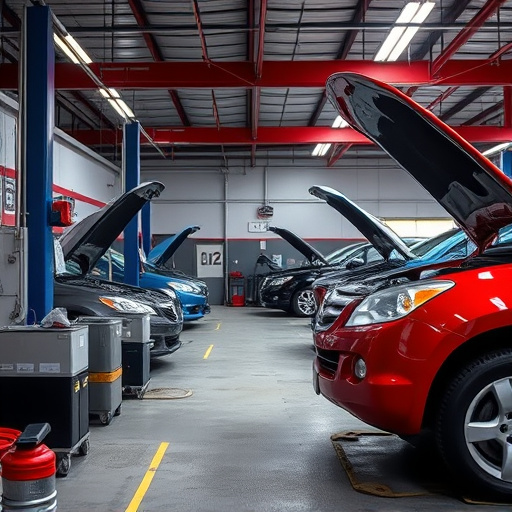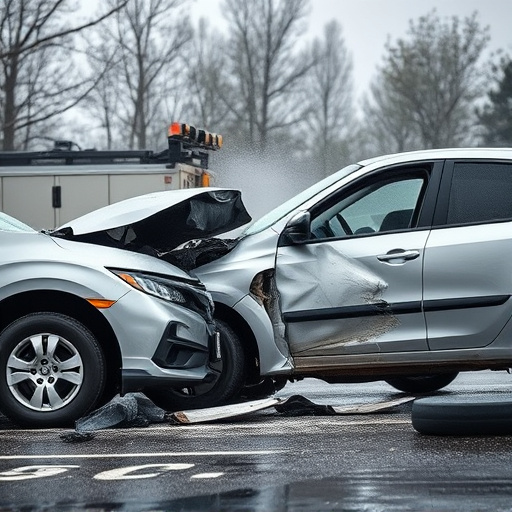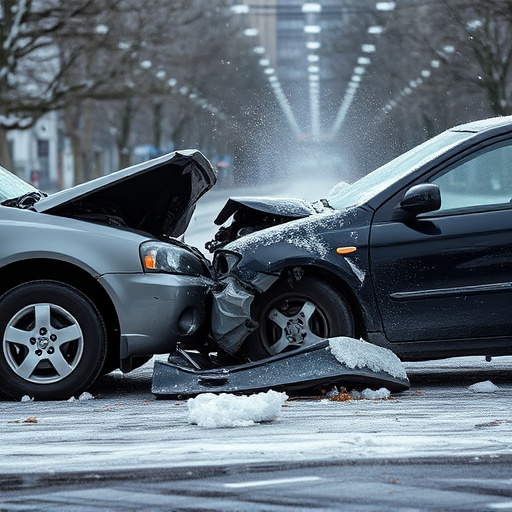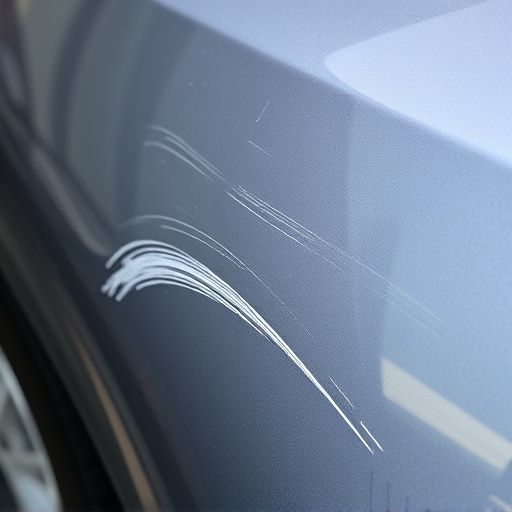Panel alignment procedures, a critical step in auto body repair, combine advanced tech like laser measuring devices and CAD software with skilled technicians' expertise. This meticulous process restores structural integrity and aesthetic appeal, from minor dent repairs to comprehensive restorations. Top-notch collision repair services include rigorous quality control measures, regular equipment calibration, and adherence to standardized procedures, ensuring customer satisfaction, structural soundness, and maintaining the shop's reputation.
In the auto body repair industry, precise panel alignment is paramount for high-quality vehicle restoration. This article delves into the critical processes and quality control measures that underpin successful panel alignment procedures in auto body shops. We explore best practices designed to enhance precision and accuracy, ensuring that repairs not only meet but exceed industry standards. From initial assessment to final inspection, this guide equips professionals with the knowledge to implement effective quality control, fostering a culture of excellence.
- Understanding Panel Alignment Procedures
- Implementing Effective Quality Control Measures
- Best Practices for Ensuring Precision and Accuracy
Understanding Panel Alignment Procedures
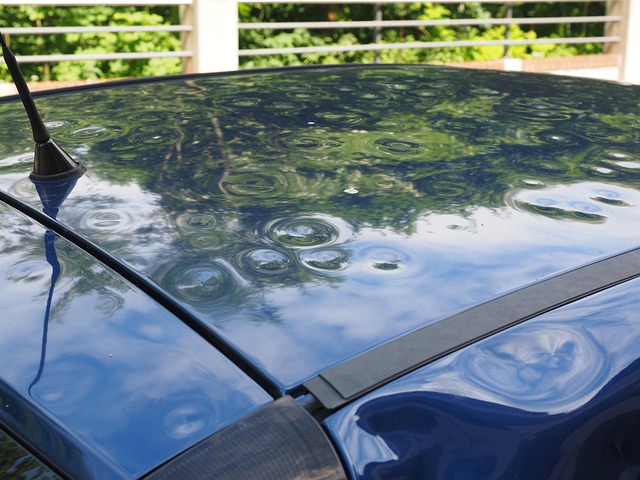
In the intricate process of auto body repair and restoration, panel alignment procedures are a critical step that ensures the vehicle’s structural integrity and aesthetic appeal. These procedures involve the careful adjustment and realigning of car body panels, such as doors, fenders, and hoods, to their original factory-specifications after damage from accidents or other incidents. The goal is to restore the car’s safety and appearance as closely as possible to its pre-damage condition, eliminating any visible gaps or misalignments.
Effective panel alignment requires a multifaceted approach, combining advanced technology like laser measuring devices and computer-aided design (CAD) software with skilled technicians who possess a deep understanding of car construction. The process involves several steps: assessing the damage, removing dented or damaged panels for repair or replacement, measuring and marking reference points on the remaining body structure, and then realigning and securing the panels using specialized equipment and techniques. This meticulous attention to detail is vital not just for cars that have undergone minor dents or scratches in a car dent repair scenario, but also for more comprehensive car restoration projects, ensuring the final product is a testament to precision craftsmanship in car damage repair and restoration.
Implementing Effective Quality Control Measures
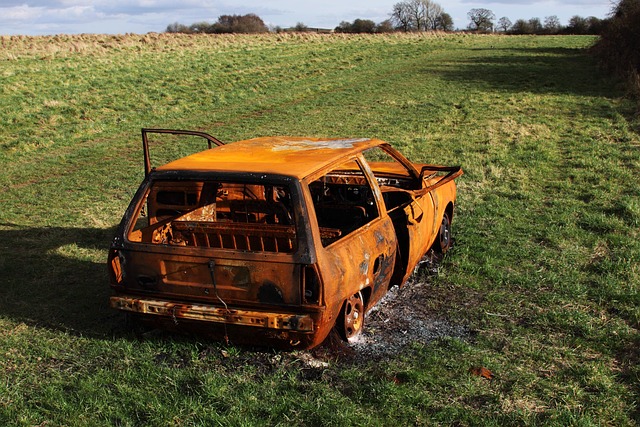
In the realm of auto body shops, providing top-notch collision repair services is not just about mastering panel alignment procedures; it’s also about upholding rigorous quality control measures. These measures act as a safeguard to ensure that every vehicle that leaves the shop meets the highest standards of craftsmanship and aesthetics. By implementing comprehensive quality control processes, auto body shops can guarantee customer satisfaction and maintain their reputation in a competitive market.
Effective quality control involves regular inspections at each stage of the repair process, from initial assessment to final touch-ups. This includes meticulous checks on panel alignment, ensuring that all parts are fitted perfectly and seamlessly. Moreover, it encompasses thorough testing of auto painting jobs, verifying color accuracy and finish quality. Such dedication to detail not only enhances the visual appeal of vehicles but also ensures their structural integrity, making them road-ready and safe for drivers.
Best Practices for Ensuring Precision and Accuracy
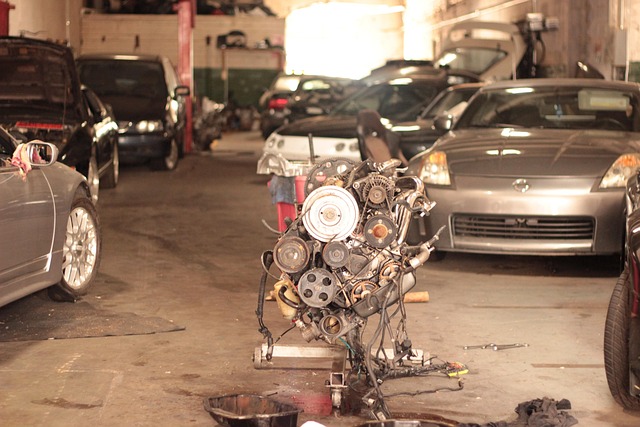
In the realm of auto body shops, precision and accuracy during panel alignment procedures are paramount to ensuring top-quality vehicle collision repair. Best practices involve utilizing advanced technologies like laser measurement systems for exacting results. These tools enable technicians to detect even minor discrepancies, facilitating precise dent removal and meticulous Mercedes Benz repair, among other tasks.
Adhering to strict quality control measures is equally crucial. Regular calibration of alignment equipment is essential, as is adherence to standardized procedures. Skilled technicians should inspect panels for proper fit, gap consistency, and surface straightness before final bonding or painting. This meticulous approach ensures not only the structural integrity of the vehicle but also its aesthetic appeal, resulting in a seamless and satisfactory vehicle collision repair experience.
Panel alignment procedures are essential for achieving high-quality auto body repairs. By implementing robust quality control measures, such as using advanced technology, standard operating procedures, and regular training, auto body shops can ensure precision and accuracy in every repair. Adhering to best practices not only enhances the overall appearance of vehicles but also fosters customer satisfaction and loyalty. Optimizing panel alignment processes is a game-changer for shops aiming to stay competitive in the automotive industry.
